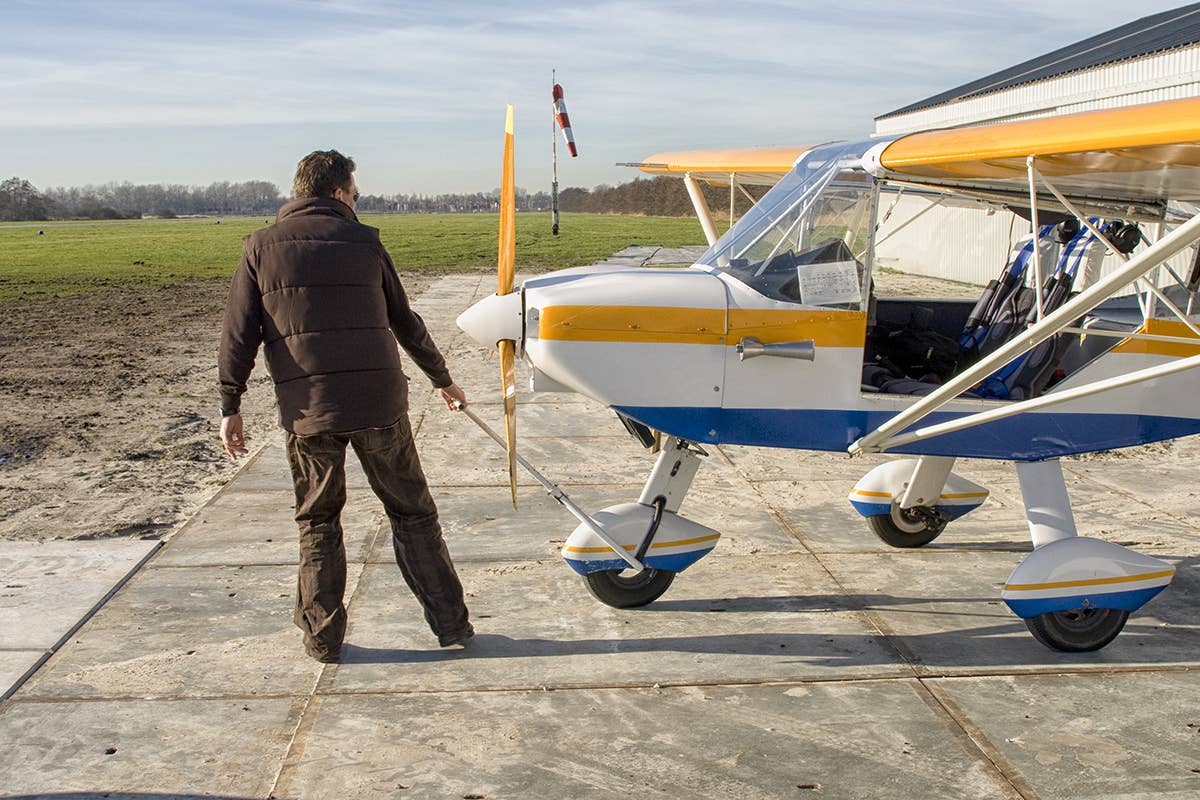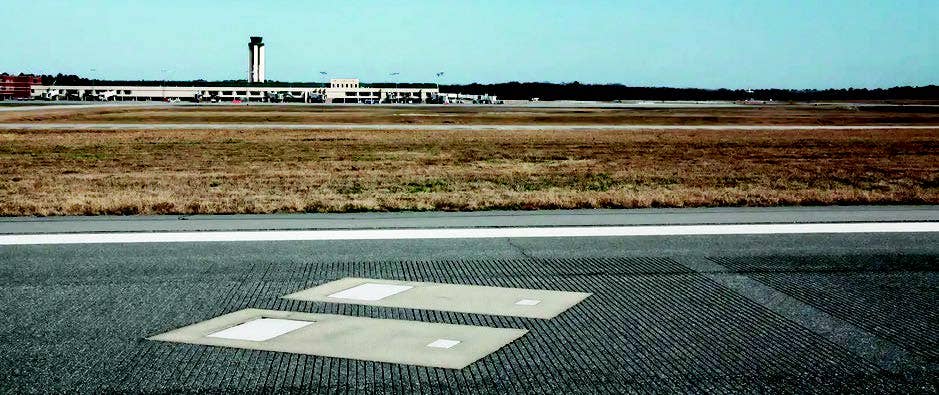Can’t Make the Numbers Work to Buy an Aircraft? Here’s Some Help
There are options at your disposal that can put that airplane you want within reach.

What keeps you from buying that airplane you’ve been eyeing? [Photo: Adobe Stock]
We recently covered the basic costs involved with owning an airplane. The numbers we found were high, even for a 47-year-old Cessna 172 with practically original avionics. This week, we’ll use our spreadsheet to find which line items drive most of our costs, and consider ways to reduce them.
Debt
While debt has its place in business transactions, I don’t like using it to fund luxuries…like airplanes are for many aviators. In our example, more than $9,000 of our annual $30,000 ownership expense was taken up by our loan. The biggest way to save money is to pay it off!
This slashes your fixed costs and reduces your overall hourly rate by a third.
Yes, that’s a lot to ask. Putting 20 percent down left you with $30,000 per year in expenses to contend with. If nothing else, you can look forward to the day 10 years from now when your loan has run its course.
However, there are some other ways to reduce the impact of that loan. Increasing your down payment to 50 percent drops your monthly payment below $500.
Shopping or negotiating for a better interest rate can also have a huge effect. I estimated a pessimistic 8 percent interest for your loan. Could you get a better rate from a local bank, or a rich uncle? Do you have any equity in your house for a HELOC or cash-out refinance? (We’ll look in depth at some of these options in a few weeks.)
Partners
I know you don’t want to bring in partners on your purchase. I was the same way. My airplane, my way, period! Let’s let the numbers do the talking though!
If you bring on just one partner for your purchase, your fixed costs get cut in half.
Assuming you both fly your full 200 hours per year, your total hourly rate drops by almost $40. Although your aircraft will see increased wear from extra flying, I assert it’ll actually be healthier overall from the exercise. Just make sure you choose a partner who will treat it as well as you.
If two of you can’t manage to fly 200 hours each per year, could a group of four pilots fly at least 100 hours each?
This setup yields the same overall hourly cost; however, look at the total costs per partner. As a solo owner, only flying 100 hours per year would cost you an average of $235 per hour. By taking on partners, you can fly the same 100 hours for far less.
One of the biggest concerns I hear from pilots when discussing partnerships is scheduling conflicts. I can’t keep from rolling my eyes every time.
There are 8,760 hours in a year. Even if only one third of those are flyable, you and your partners have 2,920 hours to share. Any group of reasonable, friendly adults can find enough time in a year to each fly a couple hundred hours with minimal conflicts.
If you haven’t considered a partnership, you should.
Fuel
Yes, fuel is a major expense. Our base case assuming a relatively cheap 172 burning eight gallons per hour showed an annual fuel cost of $7,200. A big, hungry turbocharged Continental like you find in a new Cirrus SR22T burns close to double that amount of fuel. Unless you’re buying a Piper Twin Comanche—with its relatively lower hp engines—a twin starts at double this, and fuel costs only climb from there.
The more you shop for airplanes, the more tempted you’ll be to get something fancy and fast. However, if you’re looking for a recreational aircraft, I say speed should not be a primary consideration.
I’ve hand-flown the B-1B at 600 kts groundspeed at 500 ft agl through mountainous terrain. It was fun and amazing and a highlight of my life. However, I also received just as much fulfillment and pleasure thermalling a single-seat, open cockpit glider at 40 kias over the soybean fields of Minnesota.
Yes, speed is fun, but it’s not the only way to have fun. Don’t buy a more expensive aircraft that burns more fuel unless you have an immediate and compelling case for traveling regularly in it.
Overhaul
After your loan and fuel, the next biggest expense is the engine reserve. One way to reduce costs here is to buy a lower-time engine. While this does help, it’s not as much as you might hope. The 172M we’ve looked at has 705 hours TSMOH, but even if the engine was brand new, it would only drop our hourly rate by about $8.
You could decrease costs here by getting a cheaper overhaul, but I wouldn't. I’ve flown airplanes with cheap overhauls and regretted it.
Your best bet for reducing overhaul costs is to choose a less-expensive and well-known engine. Lycoming’s O-320s and O-360s are some of the most common, well-known engines in the world. On the light sport side, nothing is more common than the Rotax 912. Choosing an aircraft with one of these engines will save you money over something more exotic.
Note that if you want anything larger than an O-360, overhaul costs increase rapidly. Be sure to do your homework and plan for an honest overhaul cost.
One final warning here is that I would not personally buy an airplane with a fresh overhaul. I’ve seen too many mechanics willing to sign off work as a “major overhaul” when it was anything but, especially knowing the aircraft was about to go up for sale. In my mind, a seller offering a zero-time engine had no incentive to pay top dollar for top quality. I would rather find an airplane with at least a few hundred hours on the engine, so my A&P can order an oil analysis, borescope the cylinders, and get a good picture for the quality of an engine’s overhaul.
Combining Forces
We’ve covered a few strategies for reducing costs here. What if we put them together and re-run our sample scenario. We’ll:
- Bring on three other pilots to partner in the deal
- Each partner will plan to fly 100 hours per year, for 400 total annual hours on the aircraft
- Each pay 1/8th of the purchase price cash for a total down payment of 50 percent
- Each finance another 1/8th (roughly $10,000) at 4 percent
- Find an aircraft with only 300 hours TSMOH instead of 705
- Stick with a well-known, less-expensive powerplant to feed and overhaul
These results impressed me.
The total hourly rate for flying this aircraft drops to less than $100. Each partner’s total annual fixed costs are just over $2,600. Each pilot gets to enjoy this airplane for 100 hours each year for close to half what it would cost any one of them to fly the same number of hours as a sole owner.
One added benefit is that you now have three friends with common interests.
Another added benefit is that by paying money into engine and maintenance reserves, your aircraft has amassed more than $14,000 toward its own care and feeding. Yes, it flew 400 hours, but when the time comes to overhaul that motor, the money will be sitting in an account ready to go.
Even better, we can apply the investing principles we’ve been discussing here to put those reserve funds to work while you wait to use them. If you think the strategies we used here made flying more affordable, wait until you see what a little interest compounding in your favor can do for your ownership costs.

Subscribe to Our Newsletter
Get the latest FLYING stories delivered directly to your inbox






